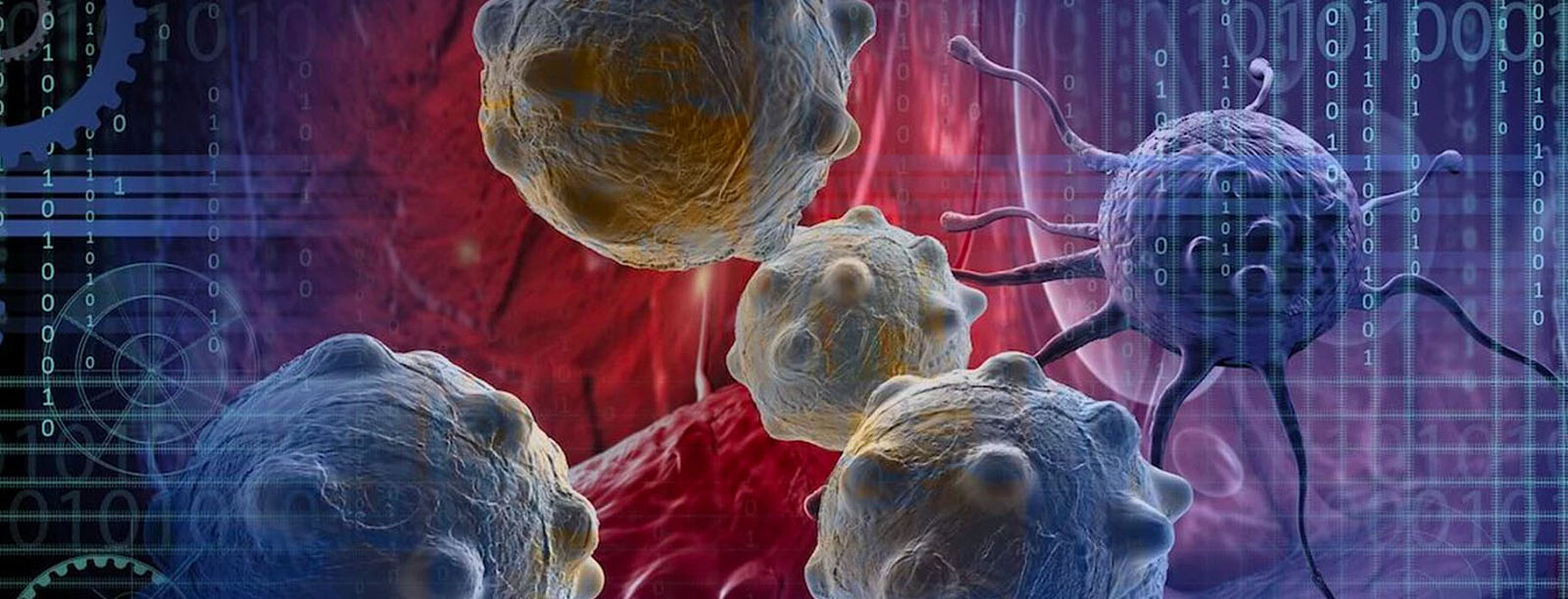
Biomolecular condensation in nuclear organization and function
Biomolecular condensation in nuclear organization and function
Biomolecular condensates are cellular compartments that are not membrane-bound, but are, instead, dynamically self-assembling and self-maintaining within the crowded cellular context. Selective accumulation of proteins and nucleic acids within these liquid-like assemblies gives rise to local environments capable of modulating macromolecular interactions and chemical reactivity in the absence of physical borders. These properties have been demonstrated for the essential cellular compartments involved in genome organization and maintenance, such as heterochromatin domains and mitotic chromosomes, and also for the organelles involved in gene expression, such as nucleoli, transcription factories and nuclear bodies. We combine techniques of correlative optic and electron microscopy to localize target condensates in the nuclear context and in situ cryo-electron tomography to determine their molecular organization. Our current research aims to decipher structural mechanisms for the establishment of constitutive heterochromatin, transcriptionally repressed and essential for the maintenance of genomic integrity and for the defence against endogenous retroviruses and transposons. Our chromatin research will be further broadened to the exploration of chromosome rearrangement throughout the cell cycle, and particularly, to the role of condensin complexes in chromosome shaping. Upon establishing high-resolution correlative workflows, we plan to develop complementary projects on biomolecular condensates related to transcription and RNA processing.
Members
Researchers
Engineers
Publications
-
2007
-
Article in a journal
Expression, purification, crystallization and preliminary crystallographic study of isolated modules of the mouse coactivator-associated arginine methyltransferase 1.
- Nathalie Troffer-Charlier
- Vincent Cura
- Pierre Hassenboehler
- Dino Moras
- Jean Cavarelli
Acta Crystallograph Sect F Struct Biol Cryst Commun ; Volume: 63 ; Page: 330-3
-
-
2005
-
Article in a journal
Inactivation of the peroxisomal ABCD2 transporter in the mouse leads to late-onset ataxia involving mitochondria, Golgi and endoplasmic reticulum damage.
- Isidre Ferrer
- Josef P Kapfhammer
- Colette Hindelang
- Stephan Kemp
- Nathalie Troffer-Charlier
- Vania Broccoli
- Noëlle Callyzot
- Petra Mooyer
- Jacqueline Selhorst
- Peter Vreken
- Ronald J A Wanders
- Jean-Louis Mandel
- Aurora Pujol
Human Molecular Genetics ; Volume: 14 ; Page: 3565-77
-
Page 2 of 2
